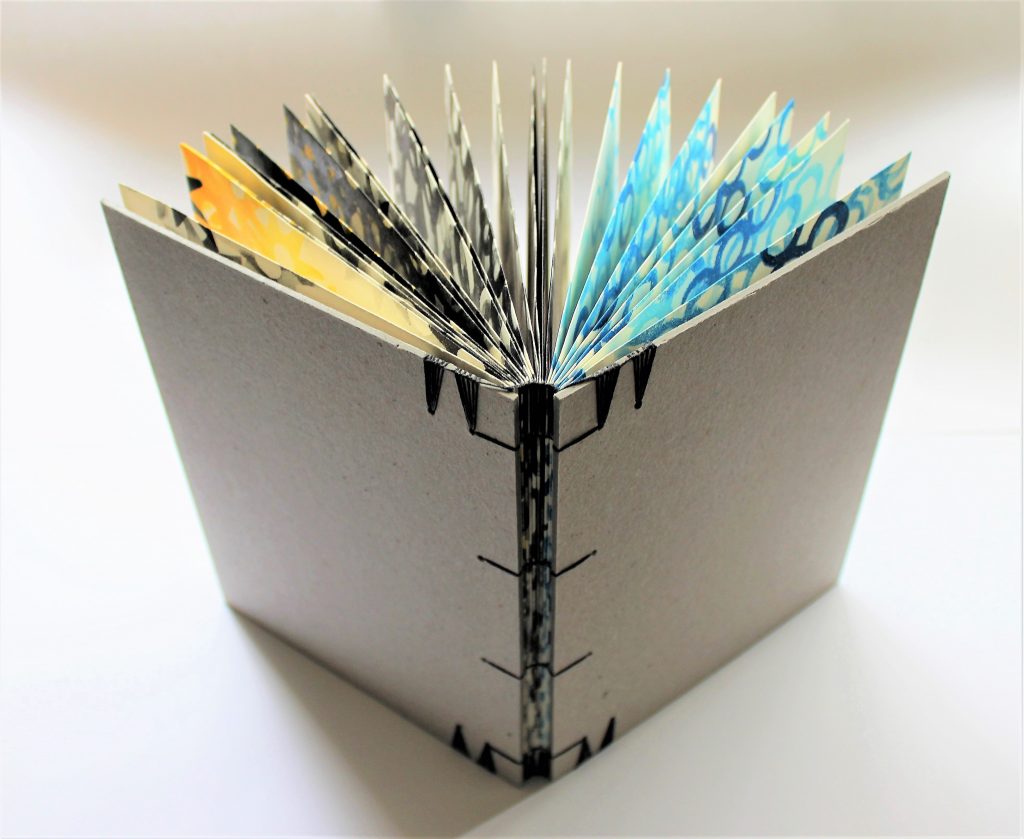São Paulo – A stitching binding technique, created by a people that is part of Egypt’s history, will be taught during a workshop in São Paulo next March. The said people are the Copts, a community as old as it is large, who occupied regions of current Cairo even before the city was founded in the 10th century AC. This culture includes the Coptic language and the largest Christian group in Egypt, as well as a stitching technique that, according to Adriana Amaral, who researches African art and culture, collaborated to the dissemination of old religious texts.

The origin of this technique is closed related to the period when Christianity was spreading. When the Coptic stitching came about and started developing the bookbinding technique, the first books were Biblical,” pointed out the artist, who teaches visual arts at Escola Municipal de Iniciação Artística in São Paulo.
After more than six years researching, the artist is preparing her first workshop Encadernação Copta em madeira, which will be taught in SESC Campo Limpo. “In 2012, I became interested in bookbinding techniques. During the free courses I attended then, I discovered this Coptic technique and became very interested in it. It is Egyptian and deeply rooted in the African continent. I have done extensive researches on the cultural production from the African countries,” says the artist, who specializes in arts and crafts.
Egyptian stitching
The connection between the Coptic technique and Biblical books brought up the need for resilient materials. “The books had illustrations, were very heavy, needed to last for long. The stitching binding the books were clipped by wooden caps. And the wood capped in leather,” detailed Amaral.
The artist explains the specificities of the Coptic stitching. “I don’t believe it is complex but very delicate. It has a high quality that appeals to me. This kind of stitching allows the book to open in 360 degrees. It makes the object and its handling more flexible, whether it is made with the thinnest paper or the hardest cardboard,” Amaral explained about the books whose stitches are apparent, unlike the books with covered spines. “Culturally and artistically, this technique has a very strong aesthetical appeal. Its beauty, its details and its handling are very important,” believes Amaral.

In SESC, the artist will present the Coptic stitching made with hard wood. The theoretical part of her research was born from her own interest and she tells she found few references on the theme. “Since I was interested in the stitching origin, I started researching on my own, looking for more knowledge to share with other people. For me, it is very important this context is also shown to the public. I believe Egypt is a little less neglected because it was one of the first civilizations and is very referenced., But most African peoples are neglected. For me, it is an ethical and pedagogic principle to study this further. As an artist, I’ve decided to use this aesthetics, so I also must contribute to its culture, tell where it is from and give merit to its origin. This has a history and it is important not to erase it,” she explained.
In the workshop in SESC, participants will learn a theoretical part, and then get to work creating their own books with the Coptic stitching. The event is open to teenagers and adults interested in crafts, with or without previous bookbinding technical knowledge.
Quick Facts
Coptic bookbinding in wood
March 13 (Sunday)
2:30 to 6:30
Sesc Campo Limpo – Rua Nossa Senhora do Bom Conselho, 120, Campo Limpo, São Paulo
Information: https://www.sescsp.org.br/unidades/681_CAMPO+LIMPO
Translated by Guilherme Miranda




